
This monument to Johann Nepomuk Nestroy stands near Nestroyplatz in the 2nd district (Leopoldstadt). Johann Nestroy (1801-1862) was an Austrian singer, actor and playwright. He used comedy for parody and criticism in a period of strict censorship.
You only see what you know (Goethe)

This monument to Johann Nepomuk Nestroy stands near Nestroyplatz in the 2nd district (Leopoldstadt). Johann Nestroy (1801-1862) was an Austrian singer, actor and playwright. He used comedy for parody and criticism in a period of strict censorship.
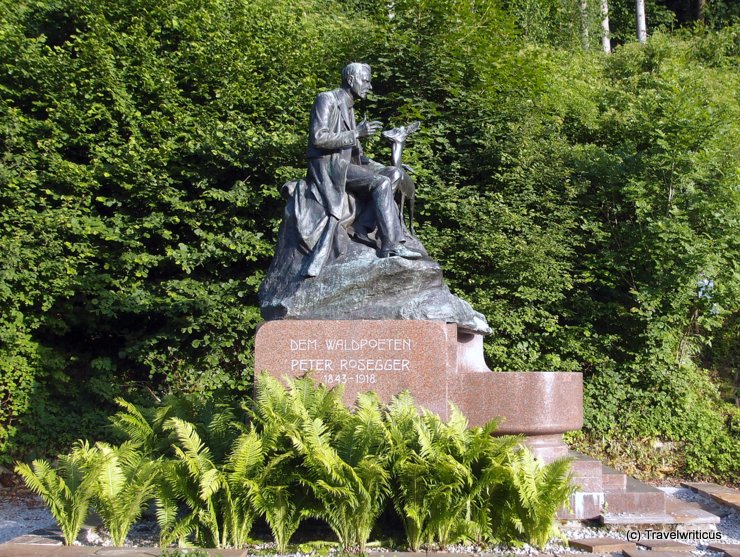
This Peter Rosegger monument stands in Kapfenberg. He became famous as a regional writer. The inscription mentions him as a poet of the forest (Waldpoet), which refers to the fact that he grew up in the nearby woodland and wrote much about life there.
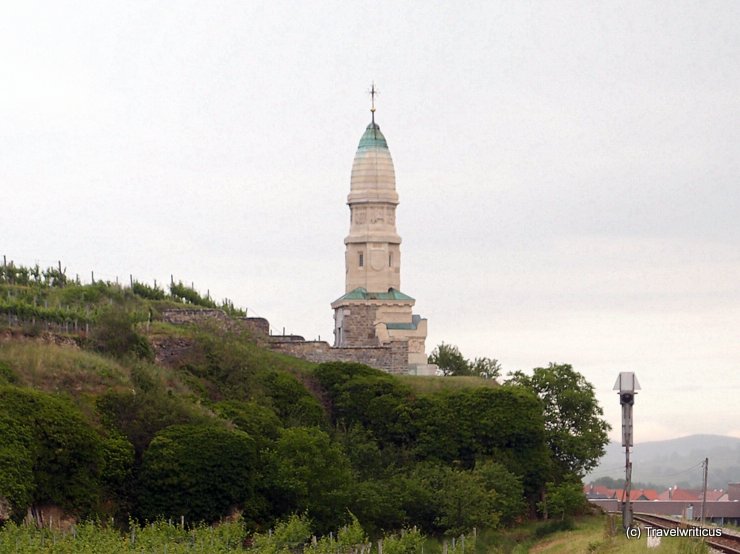
Riding the Wachau Railway I always wondered about the meaning of this big memorial just next to the tracks. After a visit to the Domäne Wachau, I had the chance to learn more about it: It is a memorial about an engagement between French, Austrian and Russian troops during the Napoleonic Wars on Nov 11th, 1805.
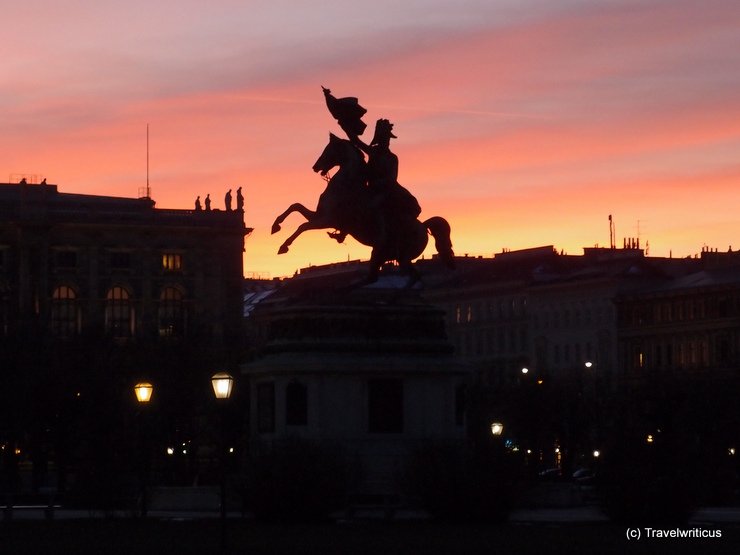
After visiting the Silver Collection at the Wiener Hofburg, I came across this monument to Archduke Charles. It reminded me of a lonesome horseman riding into the sunset.
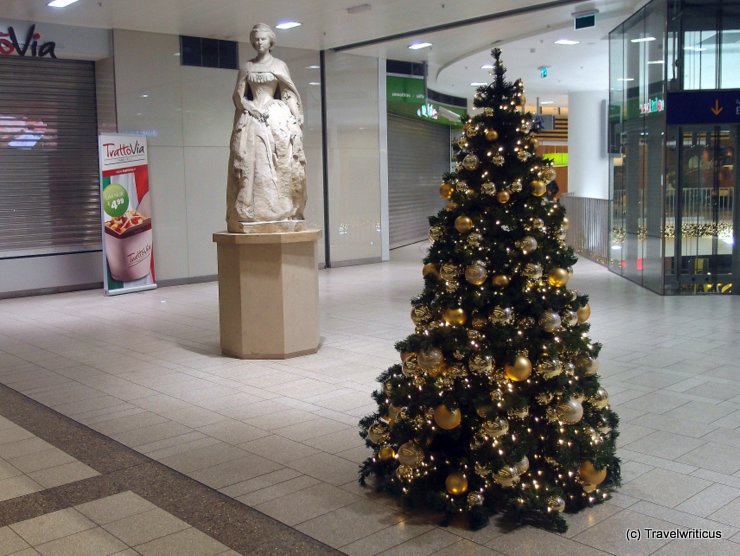
The 9th day of my InterRail journey ended at the railway station Wiener Westbahnhof in Vienna. It was nearly midnight when I arrived. Only the statue of Elisabeth of Austria (‘Sisi’) bid me welcome. The sculpture reminds me that this railway station was one end of the Empress Elisabeth Railway.

In a park of Merano, I came across a monument to Empress Elisabeth (‘Sisi’) of Austria. It happens to be I met her twice on this day. My train trip ended in Vienna, where I saw another sculpture of Sisi at the railway station Wien Westbahnhof.

The Empress Elisabeth Railway (Kaiserin-Elisabeth-Bahn) served the railroad between Vienna and Salzburg until 1884. Today, you still see a monument to Elisabeth of Austria (“Sisi”) in a small park at the Salzburg Central Station.
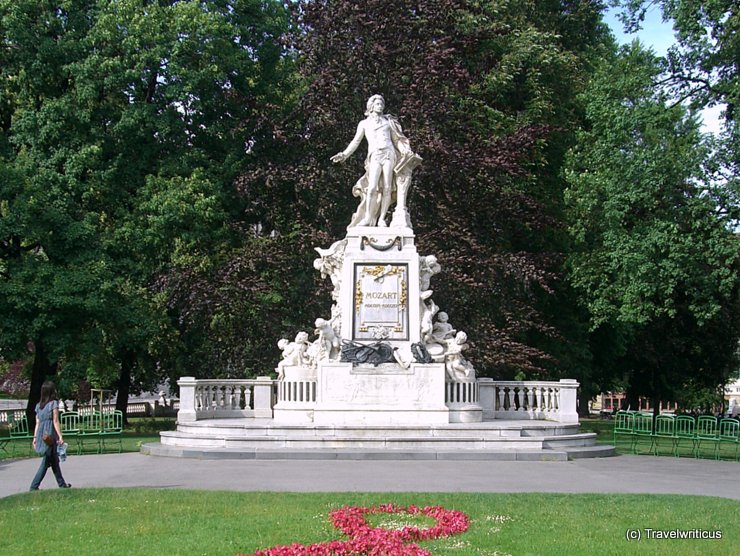
This monument to Wolfgang Amadeus Mozart stands in the Burggarten in Vienna. The Burggarten is a public park at the rear of the New Hofburg (Neue Hofburg). The monument, made of Laas marble, was created by Viktor Oskar Tilgner.
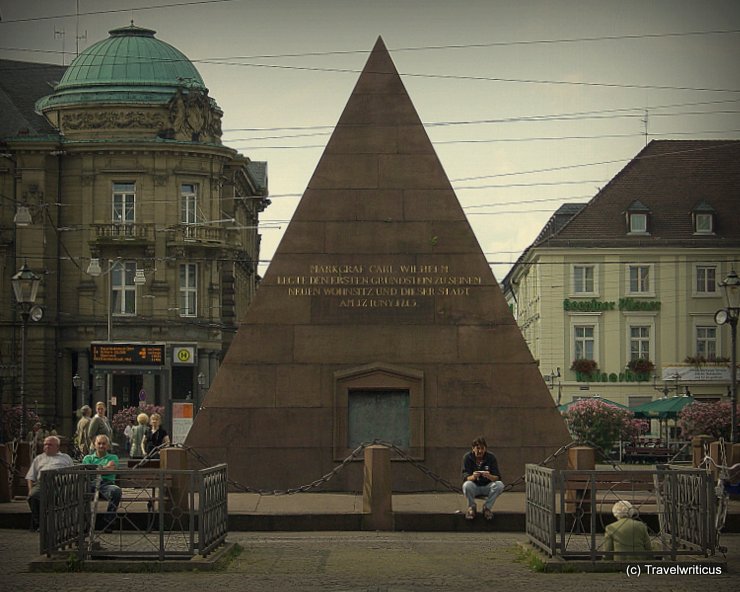
The Karlsruhe Pyramid was constructed between 1823 and 1825 according to plans by architect Friedrich Weinbrenner. It commemorates Karl III Wilhelm Margrave of Baden-Durlach, the founder of the planned city of Karlsruhe. [German]
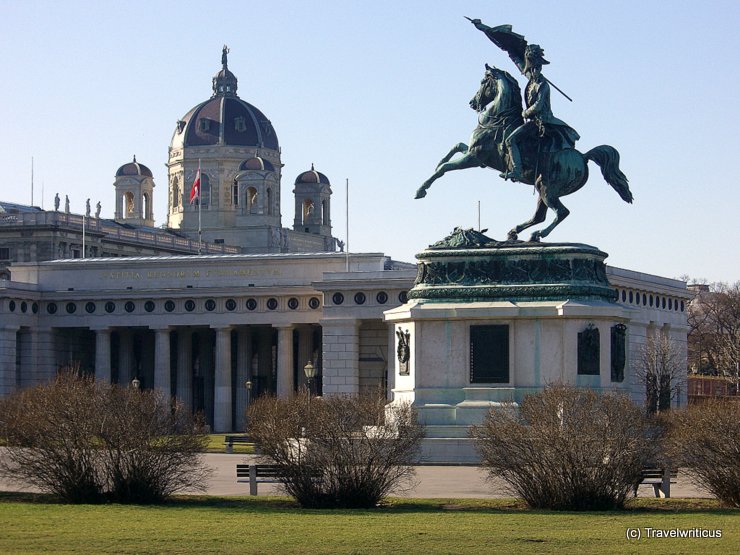
This equestrian statue was erected in 1860 to commemorate Archduke Charles of Austria, Duke of Teschen. The most intriguing fact about this statue is the horse’s pose. It stands with two legs only on the pedestal. The tail doesn’t support the construction.

On my first walk through Szeged, I came across a monument to Elisabeth of Austria, who was also Queen of Hungary. Her Hungarian name is Erzsébet, but many people of the 21st century know her by the name Sisi or Sissi.
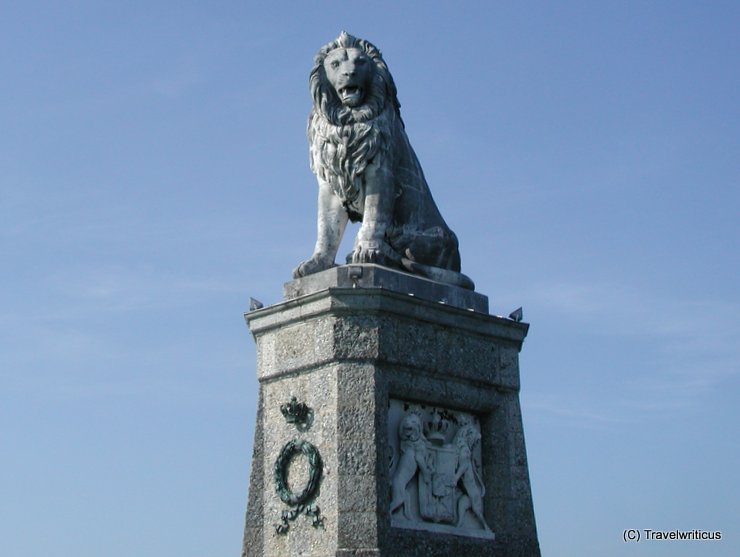
You see this Bavarian Lion at the port entrance of Lindau. It stands next to the lighthouse of Lindau. The Bavarian Lion is mentioned several times in the Bavarian coat of arms. For example, two lions hold the shield of the coat of arms.